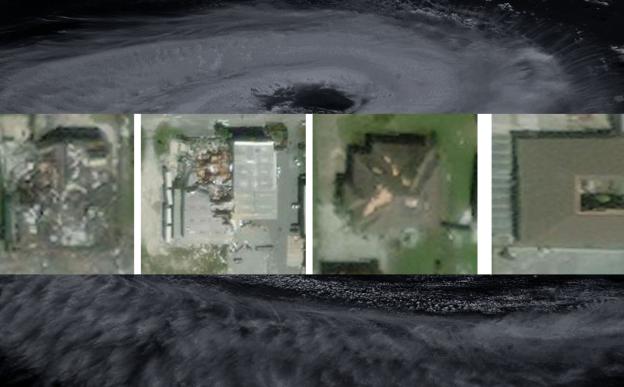Scientists from the Council for Scientific and Industrial Research (CSIR) - Indian Institute of Integrative Medicine, Jammu and the Academy of Scientific and Innovative Research, New Delhi have now synthesized hybrid protein sequences with antimicrobial properties, by using a mixture of natural and synthetic analogues of amino acids – the building blocks of proteins
आईआईटी मुंबई द्वारा विकसित नया स्पाडानेट (SpADANet) नामक डीप लर्निंग फ्रेमवर्क सीमित लेबलों का उपयोग करते हुए कई, चक्रवातों में हुए हानि के वर्गीकरण की सटीकता को बढ़ाता है।
Mumbai/






